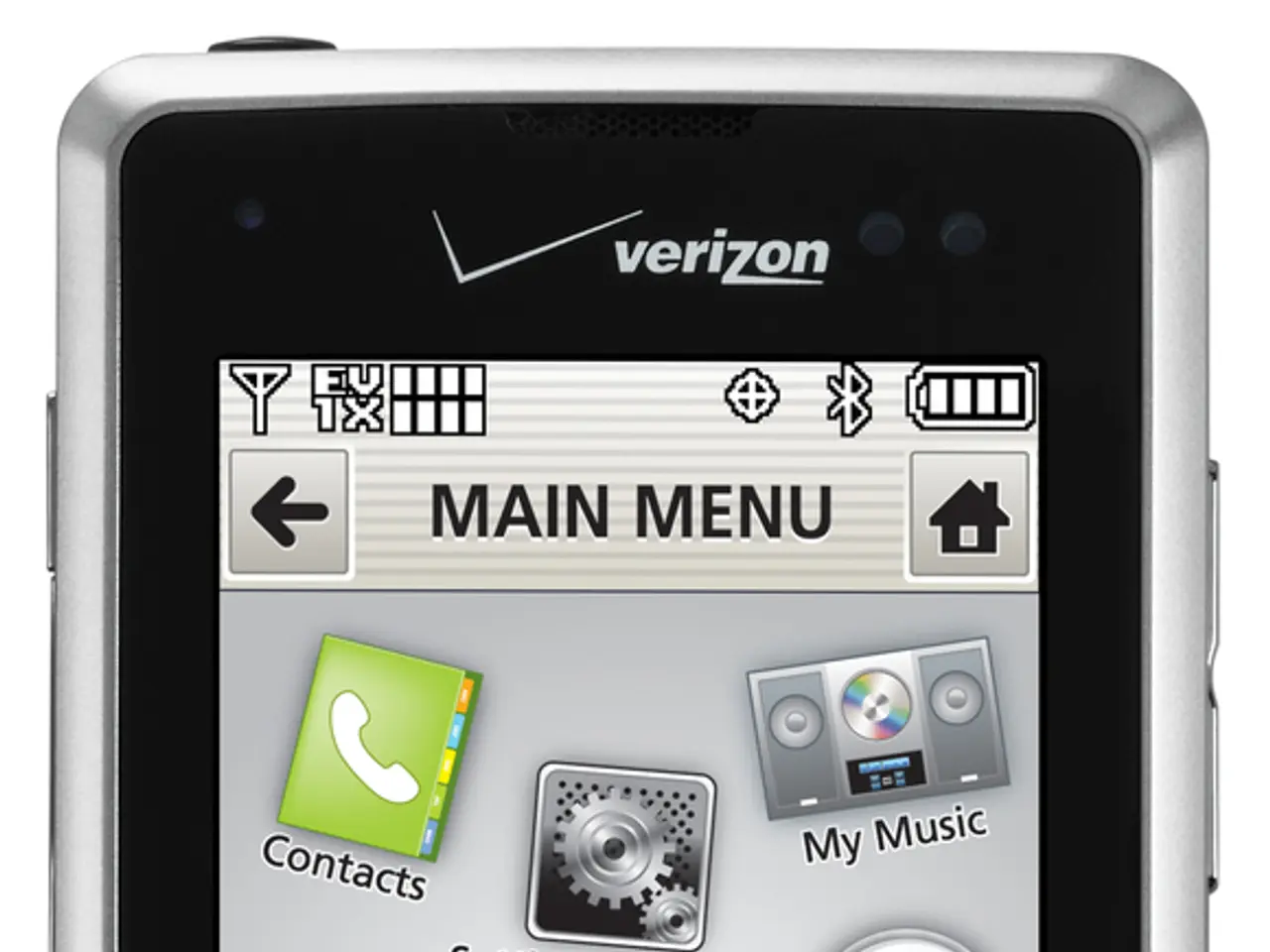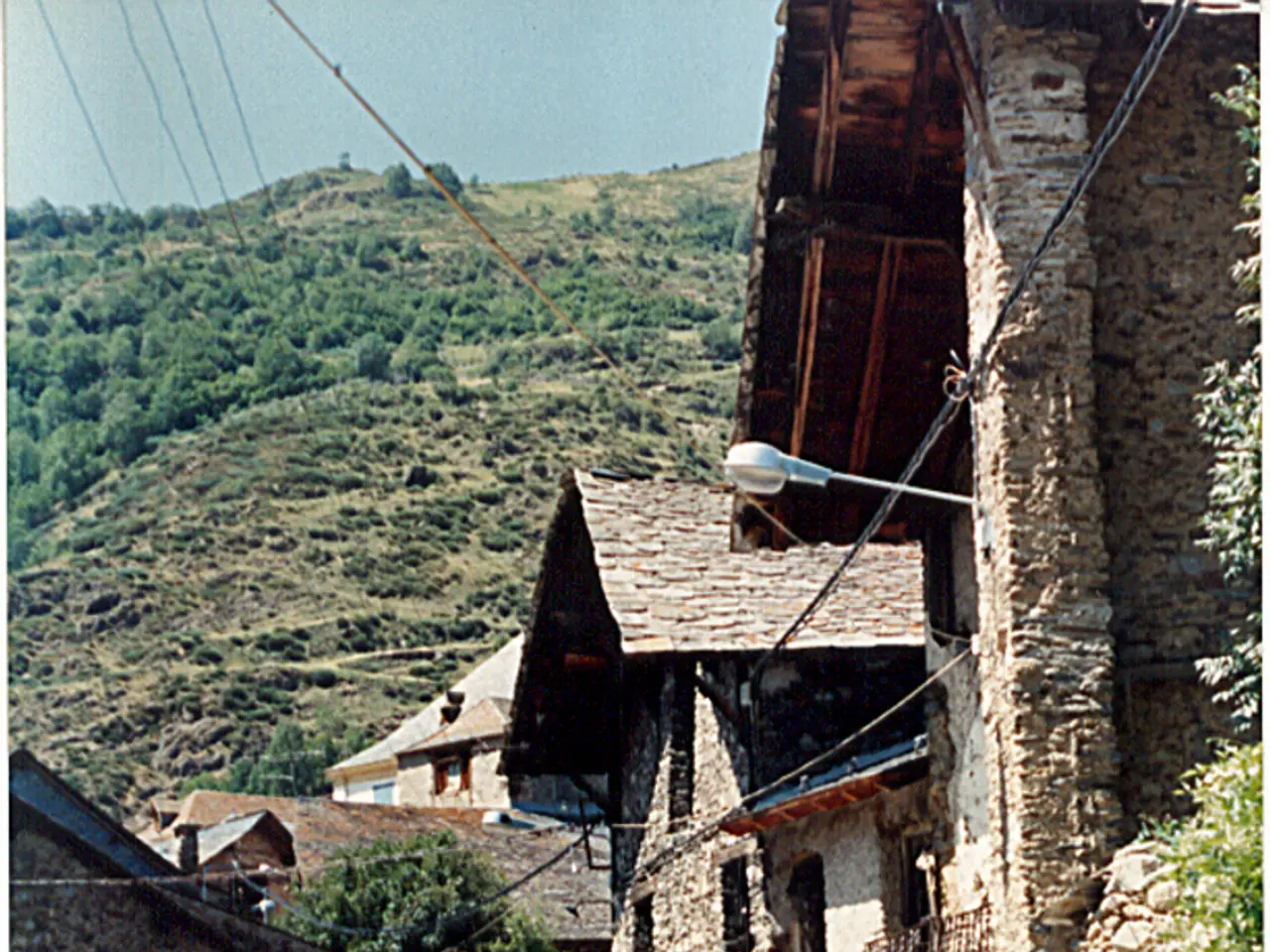Homesute: What Is the significance of Impact Glass and is its installation a sound investment for your residence?
Impact Glass: A Sustainable and Protective Choice for High-Risk Weather Areas
Homeowners in regions prone to extreme weather, such as Florida and the Gulf Coast, may find impact glass an ideal choice for their homes. This reinforced glazing option offers strong protection against storms, wind, and debris, while also providing benefits like enhanced security and energy efficiency.
Pros of Impact Glass
Impact glass is designed to withstand up to Category 5 hurricanes and flying debris, significantly reducing the risk of window failure during extreme weather. Its laminated design prevents the glass from shattering into dangerous shards, deterring burglars who rely on breaking windows to enter. High-performance impact windows often carry Energy Star ratings, improving insulation, reducing air and water intrusion, and lowering heating/cooling costs.
Impact glass is made to hold together even when cracked, reducing damage and replacement needs after storms. Additionally, it helps reduce outside noise, improving indoor comfort. Aesthetic flexibility is another advantage, as impact glass is available in various styles and customised sizes to fit any home design.
Cons of Impact Glass
Despite its many benefits, impact glass comes with a higher upfront cost compared to standard single-pane or even insulated glass options. Proper installation is crucial for its high effectiveness and performance, necessitating skilled installers and adding to the overall cost. The laminated glass is heavier than traditional panes, often requiring sturdier frames and hardware, potentially increasing complexity. Some styles, like picture windows, do not open, limiting ventilation options.
Cost
Impact glass windows can cost significantly more upfront than standard windows, often ranging from several hundred to over a thousand dollars per window including installation, depending on size, style, and supplier. However, the increased cost is offset over time by energy savings and avoided storm damage expenses.
Installation
Impact glass must be professionally installed with proper sealing, weather barriers, and integration with the home’s drainage plane to ensure effectiveness and avoid leaks or drafts. Installation involves fitting laminated glass units, often heavier than normal glass, into reinforced frames approved for high wind zones. Certified installers familiar with local building codes, especially in hurricane-prone areas, are recommended.
Maintenance
Impact glass is generally low maintenance. Inspection for seal integrity, frame condition, and proper caulking around windows is advised periodically to maintain energy efficiency and avoid moisture problems. Damaged impact glass should be replaced by professionals due to the complexity of laminated units. Cleaning is similar to standard windows.
In conclusion, impact glass is a sustainable and protective choice for homes in high-risk weather areas, offering peace of mind against severe storms and security threats, while also contributing to energy savings. Homeowners in these regions may find insurance discounts for homes equipped with impact-resistant features, potentially offsetting the initial purchase price. The benefits of impact glass, such as safety, security, energy efficiency, and environmental friendliness, may outweigh the initial higher cost for homeowners in high-risk areas.
- The laminated design of impact glass makes it an attractive choice for home-and-garden design, as it provides enhanced security, reducing the potential for burglaries and offering peace of mind.
- In interior design, impact glass can be a smart decision for those living in high-risk weather areas, like Florida and the Gulf Coast, since its energy-efficient properties can contribute to lifestyle improvements by lowering heating and cooling costs.
- Technology plays a crucial role in the production and installation of impact glass, as its high-performance design requires skilled installers to ensure its effectiveness in withstanding extreme weather events, such as Category 5 hurricanes.




